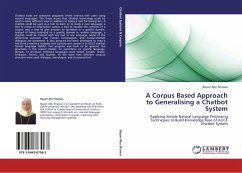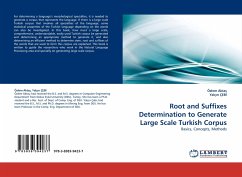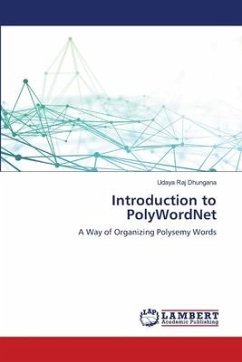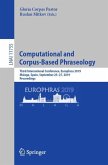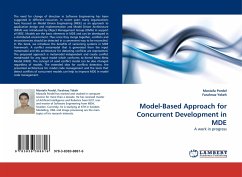Chatbot tools are computer programs which interact with users using natural languages. This thesis shows that chatbot technology could be used in many different ways in addition to being a tool for having fun. A chatbot could be used as a tool to learn or to study a new language; a tool to access an information system, a tool to visualise the contents of a corpus; and a tool to give answers to questions in a specific domain. Instead of being restricted to a specific domain or written language, a chatbot could be trained with any text in any language. Some of the differences between real human conversations and human-chatbot dialogues are presented. A Java program has been developed to read a text from a machine readable text (corpus) and convert it to ALICE chatbot format language (AIML). The program was built to be general, the generality in this respect implies, no restrictions on specific language, domain, or structure. Different languages were tested: English, Arabic, Afrikaans, French, and Spanish. At the same time different corpora structure were used: dialogue, monologue, and structured text.

